1. Double Dare
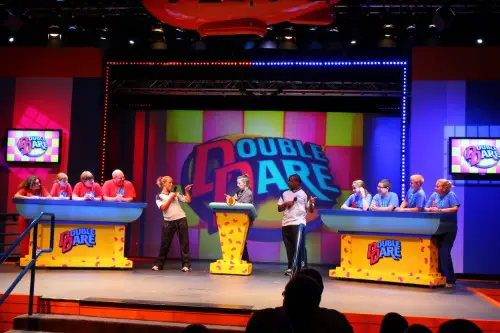
A beloved kids’ game show, Double Dare combined trivia with messy physical stunts. Contestants answered questions for a chance to perform hilarious obstacle course challenges, often ending in total chaos. The show’s early ’90s popularity made it a classic for many millennials, with its bright colors and over-the-top antics. Despite its long run and various revivals, the show’s heyday is firmly in the past.
The original version of Double Dare ran from 1986 to 1993, cementing itself as a staple of Nickelodeon’s golden age. After the show ended, the nostalgic factor kept people interested, and revivals in the late 2000s had decent ratings, but never quite recaptured its original energy. The messy physical stunts made it a fan favorite, but those types of game shows aren’t as common today. Still, it holds a special place for those who grew up watching it.
2. The Weakest Link
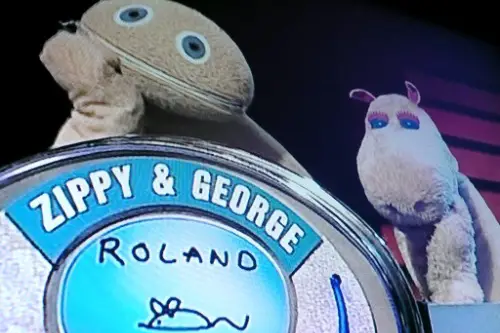
This quiz show had a unique twist where contestants voted off the “weakest link” after each round, creating lots of drama. Hosted by Anne Robinson, The Weakest Link was famous for her sharp tongue and no-nonsense attitude. While it was a hit at the turn of the 2000s, it eventually faded from the spotlight after its U.S. run ended in 2002. Its format wasn’t easily replicated, and the audience seemed to lose interest after the novelty wore off.
Despite its short life in the U.S., The Weakest Link made a major impact with its “You are the weakest link, goodbye!” catchphrase. After the initial buzz, however, the show struggled to maintain its audience. Many of the contestants’ personalities and the format became repetitive. The show has been revived a few times, but it never quite reached the same level of cultural significance it once had.
3. Family Feud (1980s version)
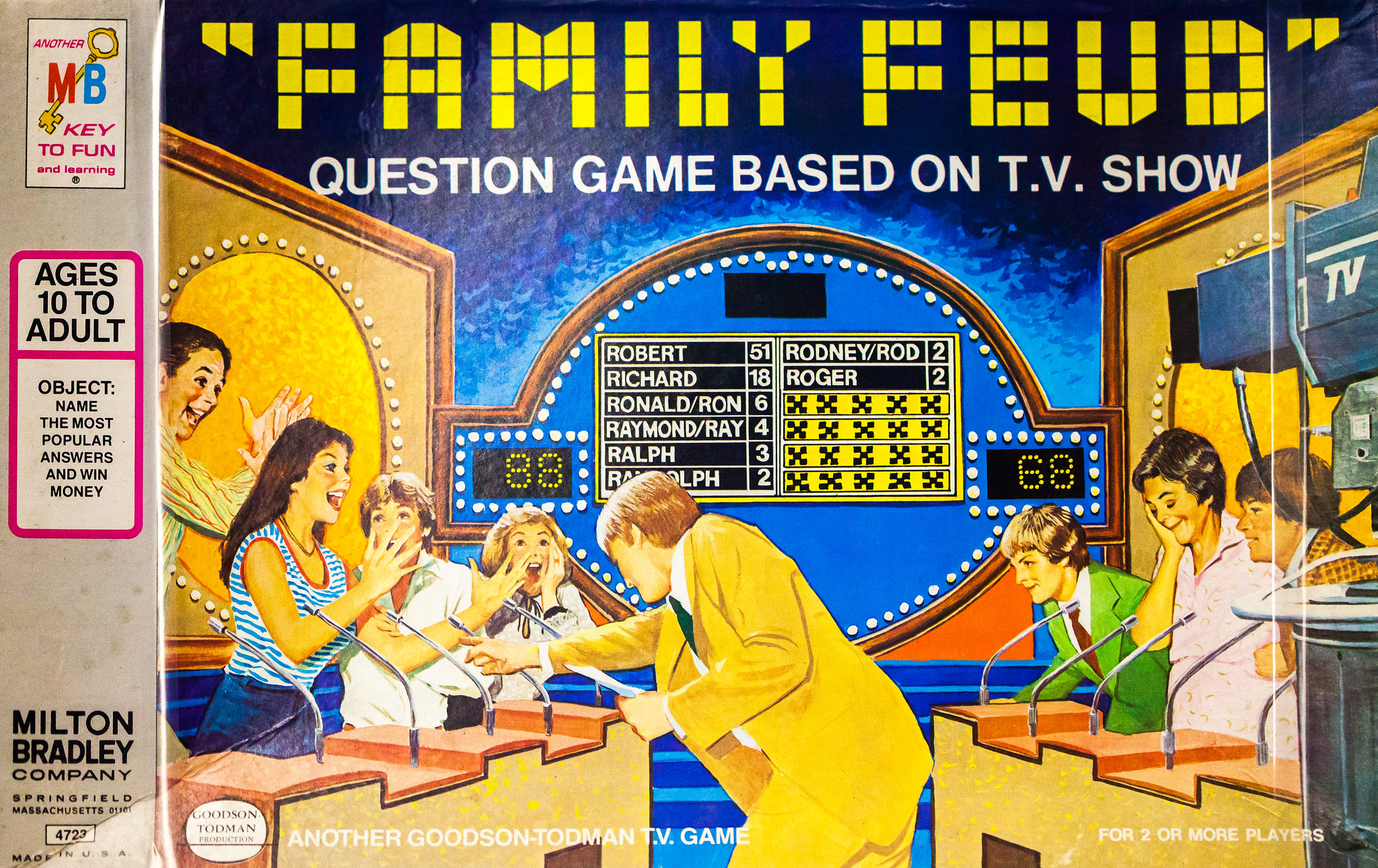
Before it became a long-running show with Steve Harvey, Family Feud had an earlier, 1980s run hosted by Richard Dawson. This version was different from today’s show, with a more formal, yet still charming, vibe. Richard Dawson’s style was a big part of the show’s success, but after the 1980s, the show began to falter with various host changes and format shifts. The earlier episodes, however, remain beloved by fans who remember the simpler, more heartfelt moments.
The game itself, where families competed to guess the most popular survey answers, still had a loyal following, but it wasn’t enough to keep it on the air for long. After Dawson left, it just wasn’t quite the same. While it was revived in the 1990s and beyond, those first few years in the 1980s had a special, timeless quality that never really came back. Family Feud continues to live on, but the 1980s version is one that people often overlook.
4. Tic-Tac-Dough
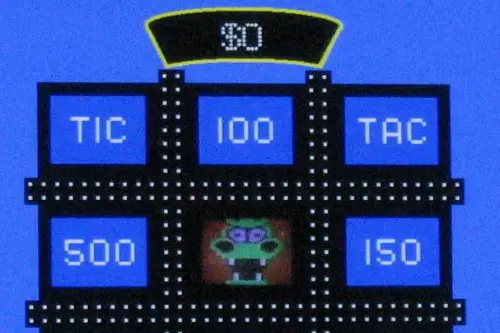
A simple, yet highly entertaining game show that combined elements of tic-tac-toe and trivia, Tic-Tac-Dough had a loyal following in the 1970s and ’80s. Contestants tried to complete a row of three by answering questions in different categories while avoiding their opponent’s moves. It wasn’t flashy like some other shows of the era, but its straightforwardness made it an easy-to-follow favorite. Unfortunately, it didn’t have the staying power of other classic game shows and was canceled after a few runs.
The original show aired in 1956, but its 1978 revival is the one that most people remember. The simplicity of the concept kept it accessible, but it never evolved much, which is one reason why it faded. Even though Tic-Tac-Dough was revived a few times, it couldn’t recapture the magic of its early days. Today, it’s often overshadowed by the bigger game shows that dominated the ’80s, like Jeopardy!.
5. Hollywood Squares
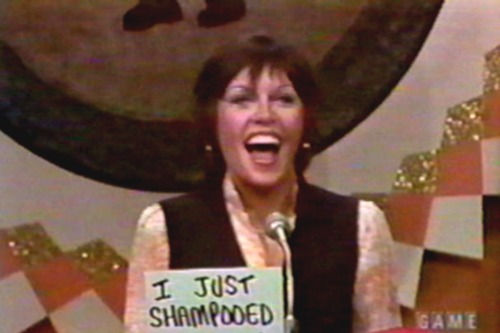
This game show gave a new twist to the typical trivia format by incorporating celebrities into the mix. Contestants had to answer questions with help from a panel of stars who provided their best guesses. It was a fun, lighthearted show that was perfect for daytime TV, especially in the 1960s and ’70s. Unfortunately, after multiple revivals, it’s mostly forgotten today, as people remember it more for its star-studded cast than for the actual gameplay.
The version hosted by Peter Marshall is considered the golden age of Hollywood Squares, where celebrities like Paul Lynde became breakout stars. Over time, the format grew tired, and later revivals failed to make much of an impact, especially with audiences growing tired of trivia shows. While the celebrity angle was fun, it didn’t hold up in the same way that The Price Is Right or Wheel of Fortune did. Its legacy, though, can still be seen in the many celebrity-driven game shows that followed.
6. The Gong Show
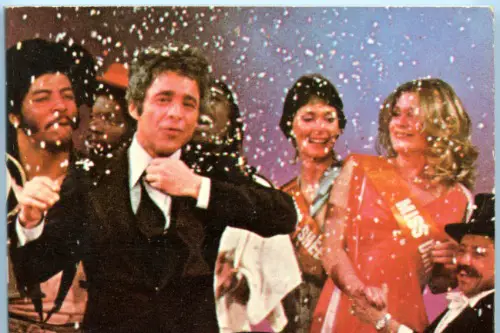
A wildly unpredictable show, The Gong Show featured amateur performers who would showcase their talents, often leading to bizarre or humorous results. If a judge wasn’t impressed, they’d hit the infamous gong, signaling that the act was over. This quirky format made it a cult hit in the late ’70s, but it never became a permanent fixture of the TV landscape. Despite its unique appeal, the show quickly became a relic of its time after the original series ended.
The Gong Show was a one-of-a-kind spectacle that blurred the lines between talent competition and absurd comedy. Chuck Barris, the host and creator, often gave the show an offbeat and irreverent tone that set it apart. Yet after a few years, it fell out of favor and was replaced with more conventional talent shows. Its eccentricity and unpredictability left a lasting impression, but it was too niche to maintain long-term relevance.
7. Press Your Luck
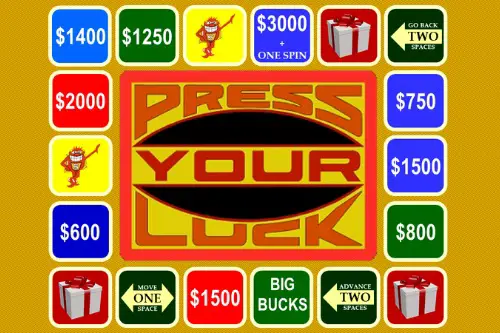
Remember the giant wheel and the phrase “No whammies”? Press Your Luck was a fast-paced game show where contestants tried to avoid the dreaded “whammy” while spinning the big board for cash and prizes. The show had a short but sweet run in the ’80s, and its combination of luck and strategy made it a fan favorite. However, after a few years, the show was canceled, and it wasn’t until the ’90s that it made a brief return with a new host.
While Press Your Luck didn’t have the staying power of other game shows, it still has a nostalgic place in many viewers’ hearts. The show was a thrilling mix of risk and reward, where contestants could lose everything in an instant. Although it was brought back for a new generation in 2002, the magic just wasn’t the same. Its short-lived nature and quirky theme make it a memorable but largely forgotten show today.
8. Match Game (1970s version)
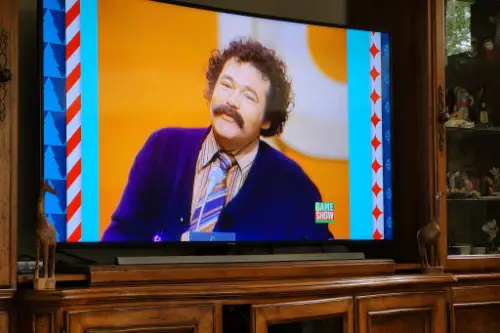
In Match Game, contestants tried to match their answers to a panel of celebrities’ responses to humorous questions. The show became known for its light-hearted atmosphere and often off-the-wall humor. The original 1970s version, hosted by Gene Rayburn, became iconic because of the celebrity-filled panel and some very cheeky moments. Despite its success, it was eventually overshadowed by other game shows that were more polished and less improvisational.
Match Game was full of laughs, with Rayburn’s unique hosting style and the zany answers provided by the celebrity panel. It was part of the late ’60s and early ’70s cultural shift that emphasized irreverence and light entertainment. The show had multiple revivals, but none of them captured the same freewheeling spirit that made the ’70s version so beloved. Nowadays, it’s mainly remembered by fans of classic game shows, but doesn’t get much attention in the mainstream.
9. The Price Is Right (Bob Barker era)
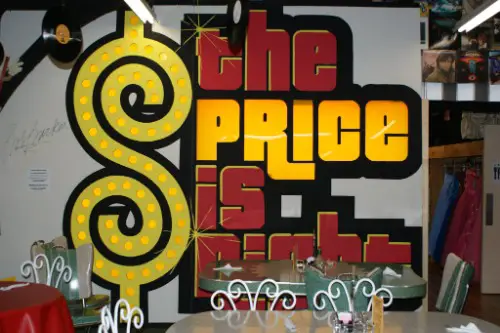
Though The Price Is Right is still running today with Drew Carey as host, the version that aired under Bob Barker is often forgotten by newer audiences. Barker’s era of hosting was characterized by his calm demeanor and the unforgettable moments with contestants on stage. The classic format of pricing games and spinning the Big Wheel still holds up, but as time went on, new generations lost interest. Barker’s departure in 2007 marked a shift, but his version still stands out as the show’s most iconic.
During Bob Barker’s reign, The Price Is Right became a cultural institution. His way of connecting with contestants, combined with the fun pricing games, made it a classic. After Barker retired, the show did not get the same level of attention it once did. Although it continues to air, it’s never quite regained the same magic it had during those early decades.
10. The Dating Game
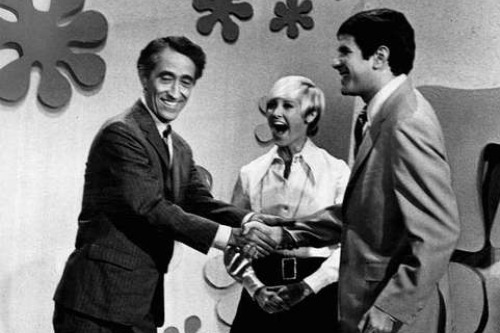
In the ’60s and ’70s, The Dating Game matched single contestants with potential dates based on quirky questions and answers. The format was simple, yet entertaining, and became a hit with viewers during the early days of TV. The show’s matchmaking fun, combined with its lighthearted vibe, made it a staple of game show history. However, as dating and relationship shows evolved, The Dating Game seemed outdated and eventually faded from public view.
The show’s success helped launch the careers of some celebrities who were contestants or guests, including a young Steve Martin. Despite its early popularity, The Dating Game couldn’t keep up with the changing nature of dating shows in the 1980s. Revivals didn’t hit the mark, and the concept seemed too tame compared to reality dating shows like The Bachelor. Today, it’s mostly remembered as a charming relic of the past.
11. Let’s Make a Deal (1960s version)

While Let’s Make a Deal still exists today, the original version, hosted by Monty Hall, had a special place in TV history. Contestants dressed in costumes and tried to win cash or prizes by choosing between doors or boxes, never knowing what they would get. The 1960s version ran for over a decade and became famous for its energetic atmosphere and audience participation. However, after the 1970s, the show’s format changed, and it never regained the same level of success.
The show’s unique format where anything could be behind the door made it exciting, but the revival in later years didn’t have the same impact. Monty Hall’s classic hosting style was irreplaceable, and once he left, Let’s Make a Deal lost some of its appeal. Despite a few revivals, it’s mostly remembered today as a classic gem of ’60s TV, one that brought unpredictable fun into the homes of millions.
12. The $25,000 Pyramid
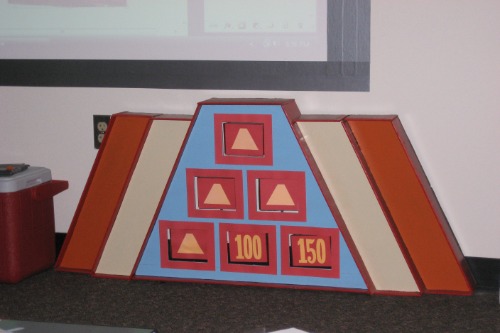
The $25,000 Pyramid was a fun word association game that had contestants work with celebrities to solve puzzles. The format involved creating categories that led to clues, and contestants had to guess the words or phrases that fit. The show had a great run during the 1970s and ’80s, especially with Dick Clark at the helm. However, after several revivals, it never seemed to recapture the magic of its original run.
What made The $25,000 Pyramid stand out was the fast-paced nature of the game and the camaraderie between the celebrities and contestants. Its celebrity-filled version was a big draw, and many viewers remember it fondly. Despite being revived a few times, the show never gained the same widespread popularity as other iconic games. Today, it’s more of a footnote in the history of game shows, still appreciated by fans of the era but not widely discussed anymore.


